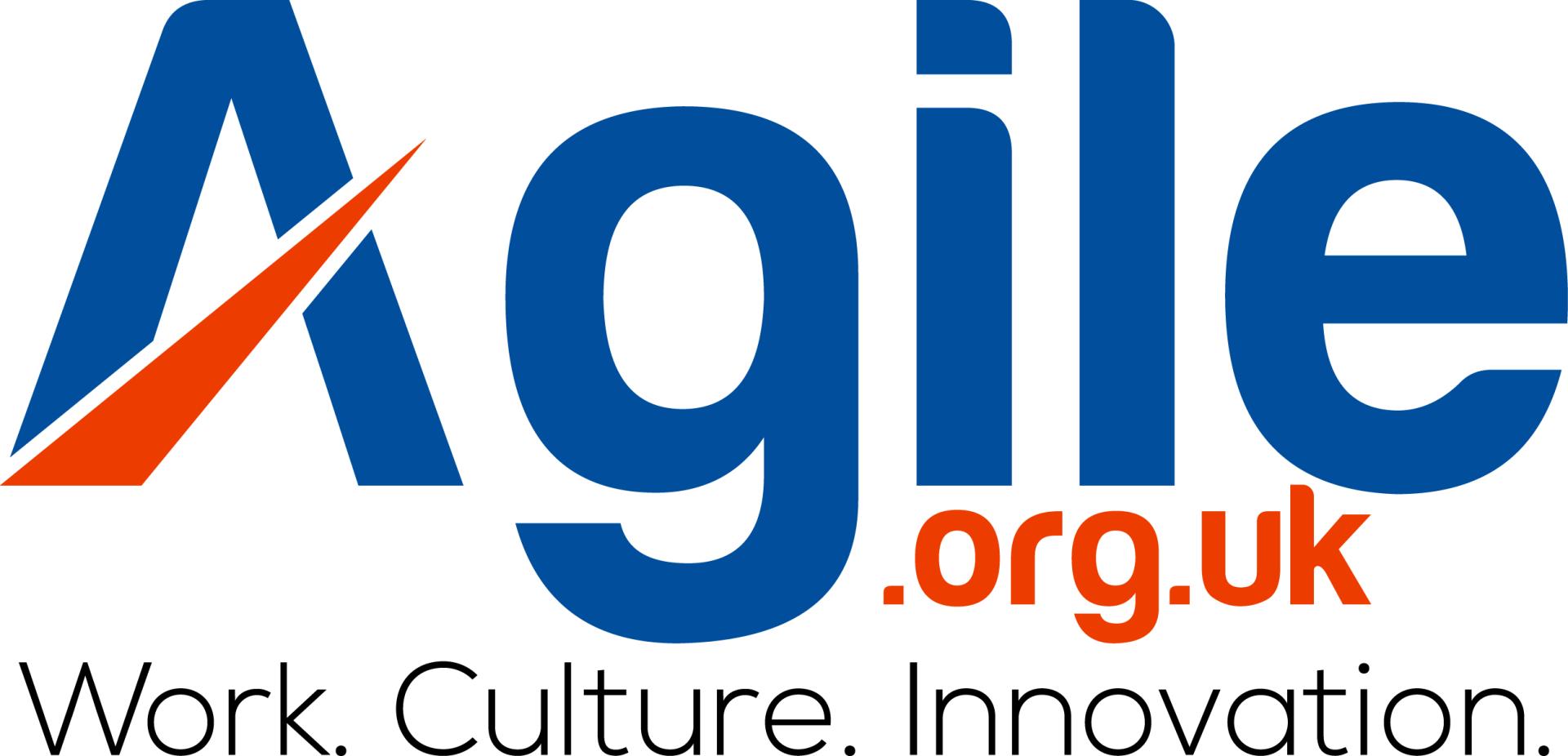This is the title of a section in Robert Propst’s seminal publication “The Office – a facility based on change” published in 1968 for Herman Miller.
Propst challenges our view of change saying that we find it much easier to deal with straight line evolutionary change.
“History has taught us to accept straight line evolution. We are disturbed by the revolutionary effect of exponential change rates.” States Propst.
I have been in the world of workplace for over 40 years and have never experienced as much change as we are now seeing. However, many organisations and individuals are struggling to manage the changes we are seeing. The demand for agility is not new, but it is now more widespread, with headlines regularly hitting the mainstream media.
We are seeing a growth in companies and individuals offering change management services – highlighting the fact that leadership teams struggle when it comes to implementing or managing change. I was able to interview change expert Jennifer Bryan on this subject at Workplace Trends last year – you can check out the recording here:
Propst goes on to say “Human organizations have always been natural places of change, reflecting the organic nature of life. What is different now is the pace of change and the prospect that it will come faster and faster.” A statement made in 1968 still rings true today.
It’s that pace of change that is causing many companies to look outside their own organisations for support and guidance. However, the key to implementing that change is still with the internal leadership team and it will involve some readjustment of traditional management thinking. It’s not only working practices that need to be adaptable, but also the leadership styles.
Adaptable leadership is not easy, but it is achievable. It means being intentional about not treating everyone the same, but recognising people as individuals, even if they aren’t predictable.
I will leave you with a final thought from Propst
“The total behaviour of an organization, its goals, values, people, defines the true growth structure required. Appropriately, this is not just one thing. It is properly as variable as the difference between the structure of a rose and an oak tree. Both are alive, growing, obeying laws of total relative adjustment but with different end goals.”
It’s a powerful reminder that there’s no one-size-fits-all approach. Every organisation is different. And that’s exactly why change must be handled with care, clarity and leadership that’s ready to grow – and change

Mark is responsible for sharing MillerKnoll’s Insights into the latest thinking in workplace design and related issues. The subjects covered include, Relationship Based Work, Design with Impact, The Psychology of Collaboration, Social Capital, The Science of Happiness, Creativity in the Workplace and Agile Working. Mark is often invited to speak at leading workplace conferences.













